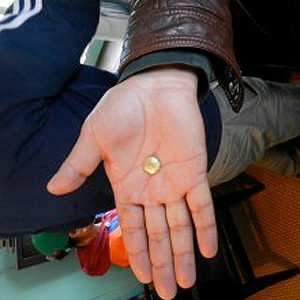Client: Asia Foundation
Collaboration: N/A
The Asia Foundation is a non-profit international development organization committed to improving lives across a dynamic and developing Asia.
As part of the Asia Foundation’s programme on Engaging Stakeholders in Environmental Conservation (ESEC II) in Mongolia, Levin Sources conducted a study on international best practices of frugal and sustainable rehabilitation approaches for artisanal and small-scale mining (ASM) of gold, coal and fluorspar. ESEC II seeks to mitigate the environmental impacts of historic and current ASM and enhance ASM’s contribution to sustainable local development.
In Mongolia, where gold mining represents 90% of ASM and fluorspar and coal mining the remaining 10%, land degradation from ASM is perceived as one of the most pressing issues faced by communities and miners. Artisanal miners often do not have the resources to achieve the same level of rehabilitation as large-scale mining nor do they have reliable access to technologies that help prevent or reduce chemical contamination. Context specific, economically affordable, socially acceptable, and sustainable rehabilitation approaches are needed to help transform degraded landscapes into productive uses and to foster improved environmental stewardship within ASM operations.
Levin Sources' case study of international best practices in ASM rehabilitation draws upon examples from arid and semi-arid ecosystems in Africa, Latin America, and Asia that have demonstrated success and are relevant to the Mongolian context. The case study provides recommendations on improved environmental stewardship at each phase of the ASM life-cycle, from operations to closure and reuse. Levin Sources' research also applies ecological restoration planning concepts to post-mining land rehabilitation to encourage scientifically sound and economically and socially desirable rehabilitation projects that result in lasting and productive land uses. The case study report provides the basis for ESEC II to facilitate the implementation of frugal environmental rehabilitation by local NGOs.



